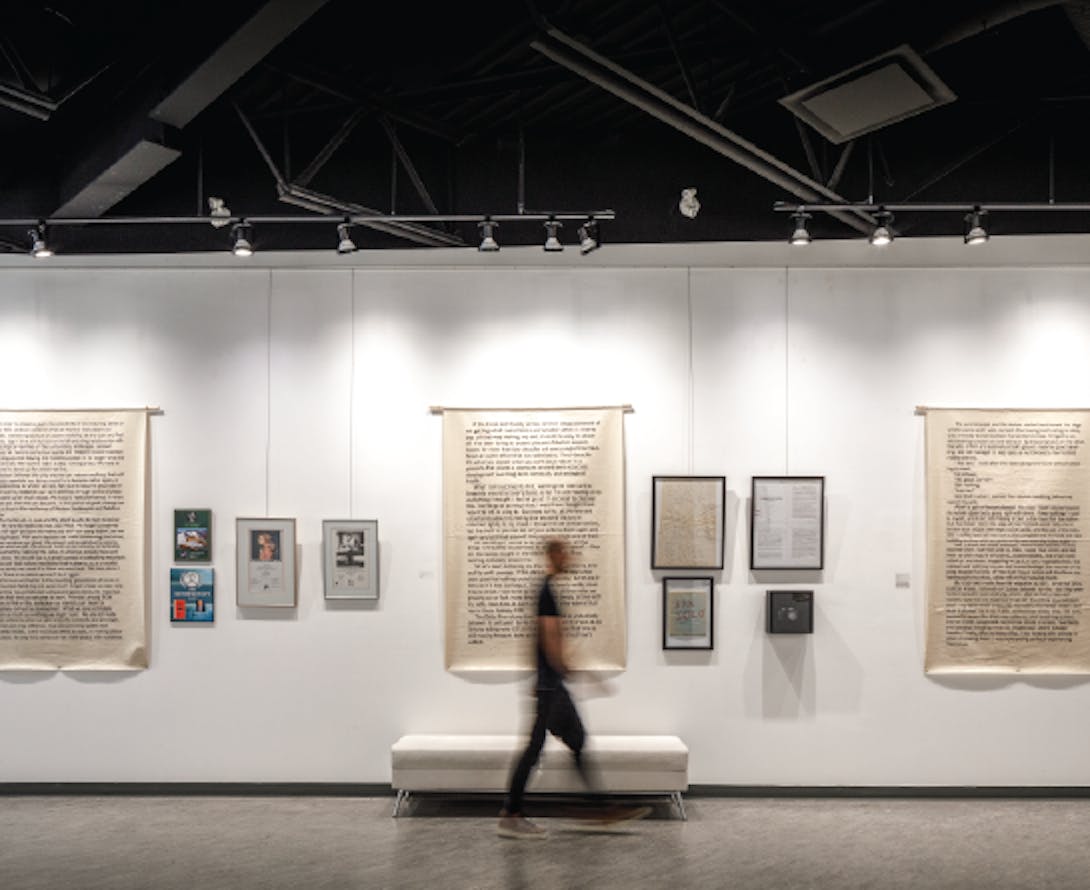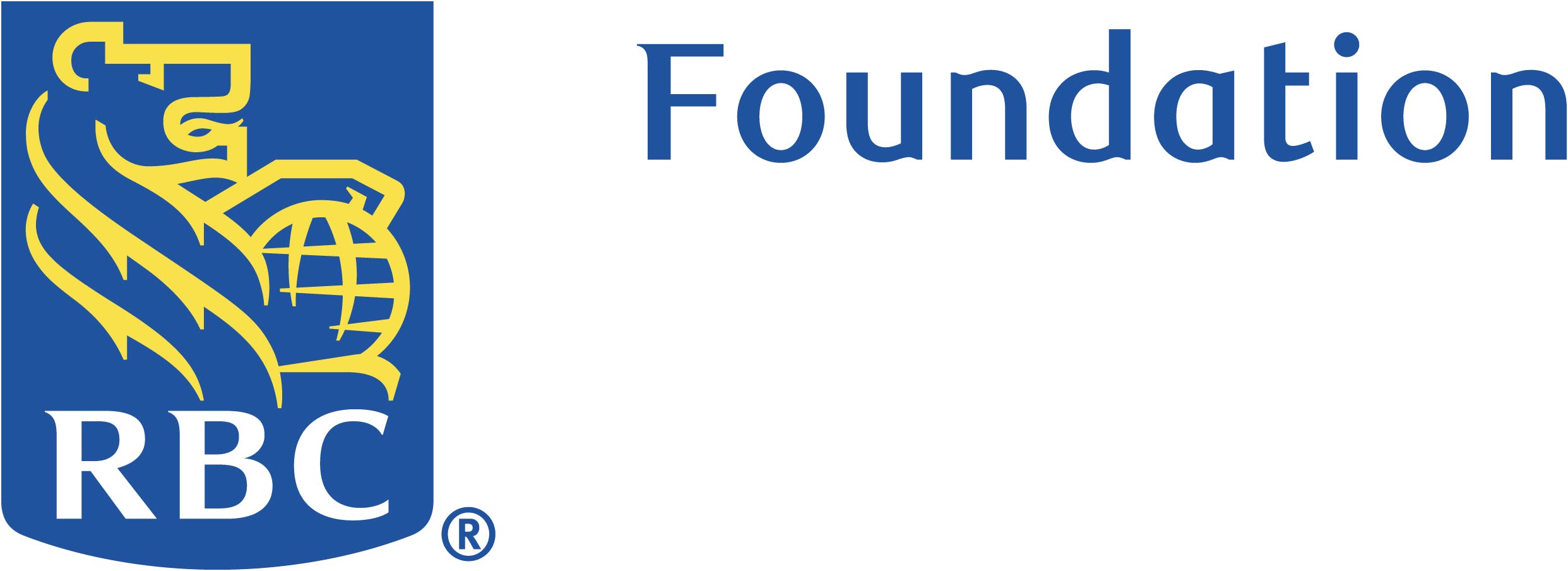Over the years, the term ‘diaspora’ has become associated with first-generation immigrants (and the generations that follow) who maintain a strong sense of cultural identity while simultaneously adapting to new customs. In this studio-based research, the term is framed within the context of empire – many of today’s diasporic communities are products of historic relationships arising out of colonization. This body of work narrates the long period of colonial and imperial rule in the Philippines to the present-day barriers that disrupt Filipinos’ sense of belonging as migrants in settler colonial states.
"In this exhibition, I explore how notions of home are reconfigured as a response to the conditions of non-belonging established by histories of colonization."
"My interest in textile art, weaving, and sculpture influenced my exploration of the banig – a traditional handwoven mat from the Philippines with strong associations to family, home, and comfort. The method of reconstructing the banig places great emphasis on materiality. Instead of using the standard palm leaves, I cut up paintings of landscapes and interiors from my upbringing in the Philippines and weave them together. In the process of weaving these paintings together, details are often lost and rearranged until a new abstract image is formed. This method reflects how notions of home unravel and form again in the diaspora, highlighting the laborious act of keeping them intact. The reconstructed banig conveys that home is not necessarily lost, left behind, or a geographical place one must return to. For people in the diaspora, home is constantly recreated through collective memory to foster a sense of belonging amidst experiences of exclusion."
Many of the works also feature invasive plant species to signify the historical exploitation of the Philippines. These specific plants were introduced through Spanish and American empire-building and continue to pose a threat to the country’s ecosystem. These species serve as symbolic representations of the ongoing effects of colonialism that exacerbate challenges of belonging felt by Filipinos in the diaspora. Through painting and traditional hand-weaving methods this body of work asks: What does the notion of home mean for racialized people living outside of their country of origin? How are tensions of belonging maintained by colonial and imperial legacies? And how can diasporas shape the processes of decolonization?





